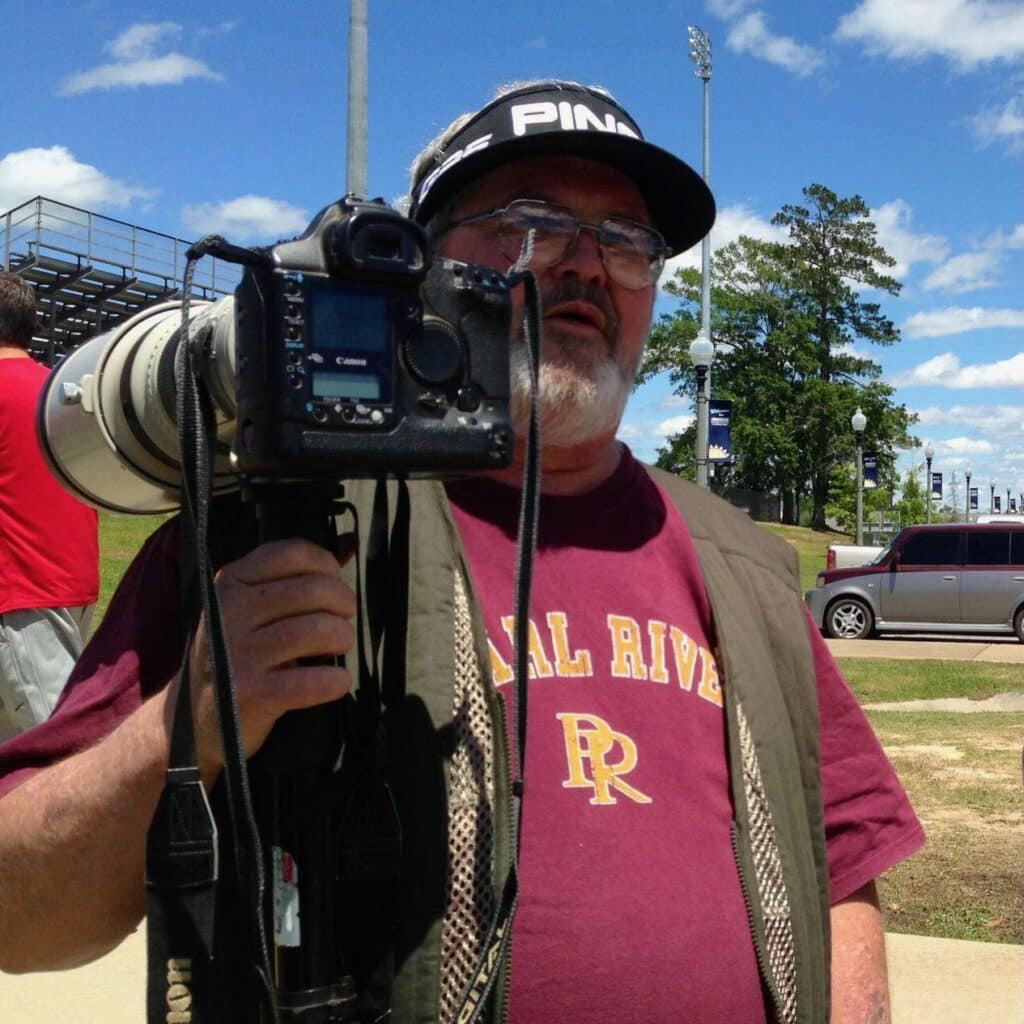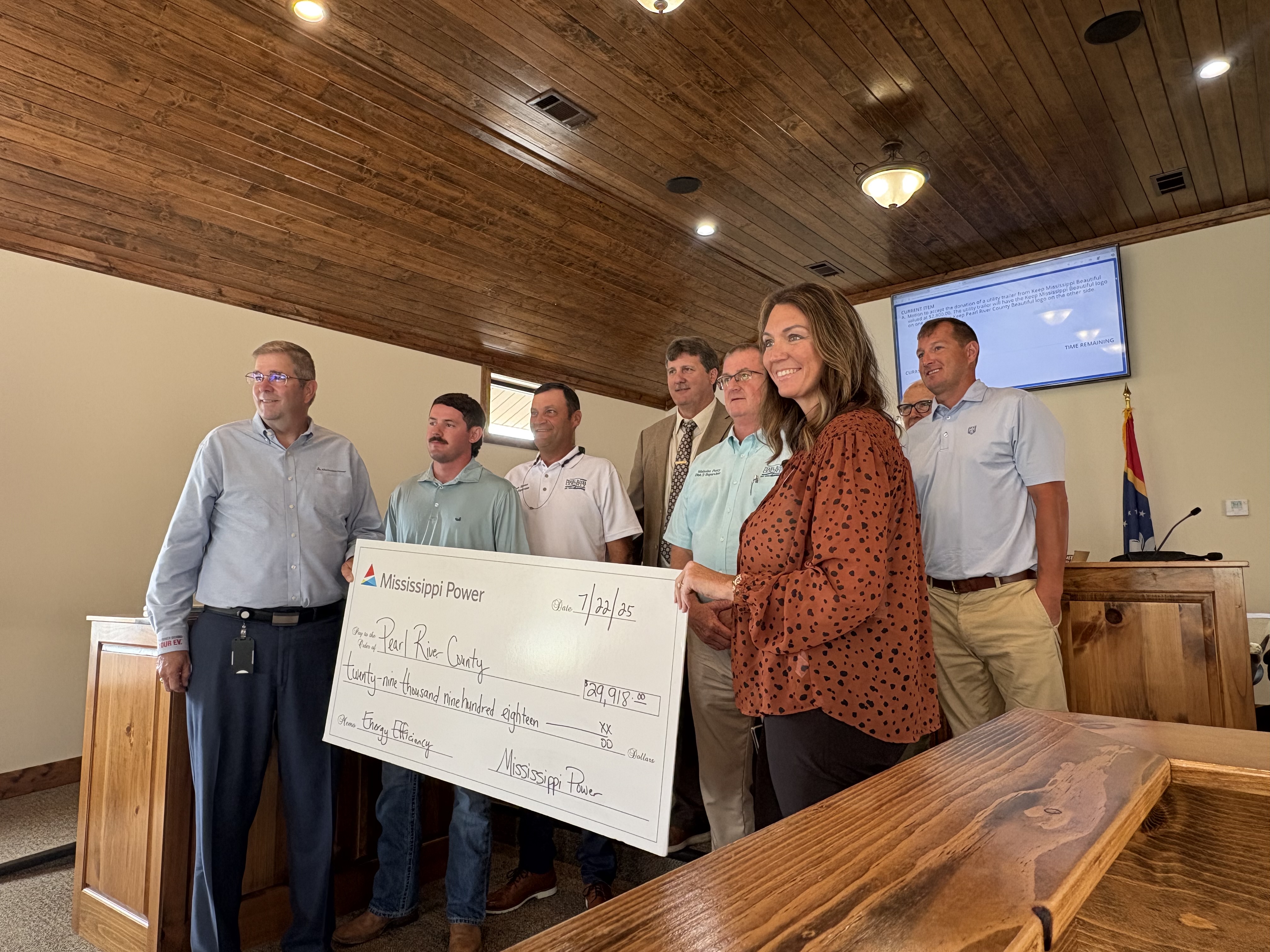Hot fire test set for Thursday at Stennis will put SLS engines through the paces
Published 10:47 am Wednesday, March 17, 2021
Pearl River County residents may hear rocket engines rumbling Thursday afternoon.
Four rocket engines will be tested at Stennis Space Center Thursday as part of the Core Stage Green Run Test Series. The test series began in January 2020 and is meant to ensure the SLS core stage is ready for lunar missions. The hot fire test was originally run in January, but was cut short, and is being run again Thursday.
The SLS rocket is designed to fly humans and cargo to the moon in a single launch and is powered by four RS-25 engines. NASA plans to land the first woman and next man on the moon by 2024 as part of the Artemis program.
Trending
The planned test window is between 2 p.m. and 4 p.m., but may start early or late.
“In a test, we say, the rocket engine will tells us when it’s ready,” said Mike McDaniel, Aerojet Rocketdyne’s Site Lead for Stennis.
Preparations for the hot fire test began 48 hours before the test window. Tuesday afternoon, teams were reviewing data and the Boeing team began powering up the core stage.
January’s hot fire test lasted just over a minute at 67 seconds, said McDaniel.
“There was a core stage sensor that cut the test and the engines, so from our perspective the engines performed as expected. The engine startup, core stage startup and shutdown performed as planned, but there was a red line sensor that triggered the termination of the test at 67 seconds.”
There are thousands of sensors on the core stage that monitor things like temperature and pressure. Those sensors have preset upper limits and if those are reached the core stage is shut down.
Trending
Thursday’s test will be a full duration test, so the engines should run between four and eight minutes.
Although it was only for 67 seconds, the test in January made history as the first time all four RS-25 engines were ignited at the same time.
“I was able to be on site and just view it,” said McDaniel. “Just the energy and the power and knowing that these vehicles will be launching into space is amazing. You get chills thinking about it. There just hasn’t been this much liquid propulsion power since the early 70s, and there’s just a lot of pride in being part of this program.”
When testing on the SLS core stage is complete, it will be transported to Kennedy Space Center, where it will be integrated with the solid rocket boosters and the Orion capsule.
“That whole system is being tested on the Artemis I mission.
I’m sure the engineers will learn a lot about the systems and make it even better for the Artemis II when the astronauts are riding on it.”
The Artemis I mission will be an uncrewed mission to the moon, which is set to launch towards the end of 2021. The Orion capsule will circle the moon and then return to Earth. The Artemis II mission will launch astronauts to the moon in 2024.
The teams who work on the SLS rocket think constantly about astronaut safety, said McDaniel, which is why they run a test with the same sequence that will be used to launch the vehicle at Kennedy Space Center.
“The astronauts put their life and their families in our hands essentially and we want to make sure that we check and double check everything, every component for the astronauts riding on that vehicle.”
One of the highlights of his work is meeting the astronauts, said McDaniel.
“I have two groups of heroes, teachers and astronauts, so meeting the astronauts and talking with them about what we do and listening to how excited they are to ride on these engines, there’s a lot of pride in that part.”
For McDaniel, the work to create technology capable of space travel and deep space exploration is also about improving life on Earth. Technology developed for space exploration has gone on to be applied in medicine to develop better prosthetics and pacemakers.
“I think people don’t realize how much that technology comes back on Earth and improves our quality of life,” he said. “It’s not just going into space to do it, it’s about the quality it’s going to be bringing to our children and our grandchildren and humanity.”
Aerojet Rocketdyne is already developing the next generation of RS-25 engines, using advanced manufacturing processes, like 3D printing, to make engines that are lighter and more durable. McDaniel believes these manufacturing techniques will impact life on Earth.
“I really believe that going forward, manufacturing, the material properties that make material lighter and stronger and more durable and doing that with the added technology of 3D printing, that technology is just going to continue to advance. I don’t know what that will look like in 20 years, but it will definitely be different and better than today.”





